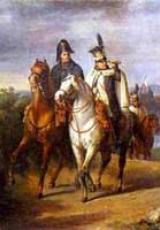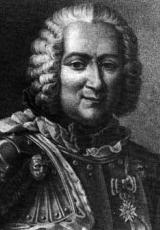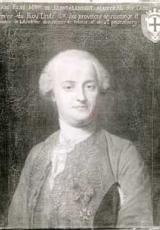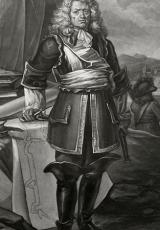La période Vauban
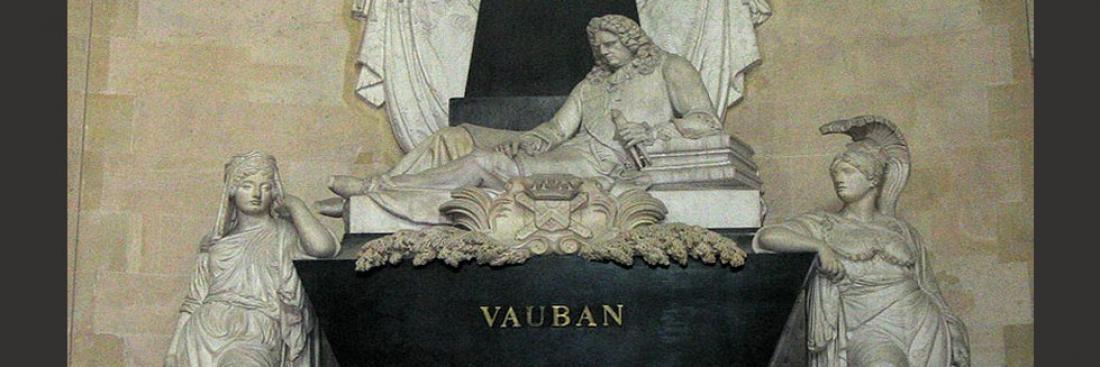
Corps 1
Long ago, a border was located from the plain of Flandres to the Mount de Jura, from porte de Bourgogne to cap d'Antibes, attaching to the crown of the French kings new provinces conquered in the east by the armies of Louis XIV (the Sun King). During the three following centuries the military and engineer generations competed to conceive along this border a succession of defences made of stones, concrete and stele, to guarantee the inviolability of these new "steps" of the french territory. First, general Commissioner for the fortifications and after Marshall of France, Vauban is the most famous among these generations. He is incontestably the intellectual guide of all the military architects who succeeded to him. His architectural works still decorates many of our landscapes.
Corps 2
The "bastioned frotification"
During many centuries the construction of very high walls was the most appropriate protection. But once the enemy achieved the bottom of the walls and hid himself in the blind spots where the projectiles of the defenders couldn't reach him it was difficult to eliminate him. To solve this problem called "flankation", flank towers were build. In the too rectilinear parts, Vauban doubles the fortified places. He builds enclosures following the discontinuous lines. Thus he give rise to the "bastioned fortification".
During the second half of the XVth century the metal cannonball replaces the stone ball. Heavier and harder this kind of ball give an effectiveness to the artillery, up to now never reached before. With that weapon it is from now on possible to shake and destroy the high walls of the castles and fortresses of the Middle Age. The objective is to stop the enemy as far as possible from the surrounding high walls; it is therefore requested to multiply the devices at the front, which will delay his progression. Between XVII and XVIII century, the bastioned fortification will adopt geometrical forms which will be increasingly sophisticated to adapt the chessboard construction to the new artillery performances.
Military architecture of the Sun King
When Vauban reaches the function of engineer of the young King Louis XIV, he is not older than 22 years. The "bastioned fortification" becomes an undeniable reference since the nomination of the count Blaise de Pegan to the position of general representative of the fortifications and since its codification by Jean Erard in 1594. Without much systematisation but while adapting more and more the ground and the relief, Vauban will attend this technique at its highest point of perfection: first of all he improves the defensive system of the existing fortified towns: he constructs a double surrounding high wall, in a pentagonal structure, connected by an underground gallery.
To prevent that once a bastion is taken, one side of the other two close bastions is not defended, Vauban separates the first high walls protecting the town from the second defence line, where he arranges cavalry batteries. He will reach the ultimate perfection with the third system. In Neuf-Brisach (in Alsace) he builds a city in an octagonal plan itself within the scope of a sort of star of 800m diameter, surrounding the "chess-board city".
In mixing his grate architectural talent with his qualities of town planner and military strategist, Vauban applies some principles which renew the aesthetic rigour and the requirement of the logistics, in the nine fortified towns that he created: a checkerboard plan in an octagonal enclosure allows a perfectly functional distribution of the public buildings and residences, grouped in a central square place, intended for the military operations and parades. The only parts of the town that will not be submitted by this rigour, will be the town gates. To the glory of the King, Vauban kept the sculptured decoration on the gates. With Marshal Vaubans death in 1707, its disciples, Jacques Stuart Berwick and Louis de Cormontaigne, named general representatives of the fortifications, will complete the works of their Master.
With the increasing progress of the artillery as far as the precision is concerned, Marc Montalembert, will surround the citadels of his predecessors with another safety enclosure. They are composed of detached forts, mutually flanking one another and this same forts flanked by protecting paths established in ditches. In the XIX century, the citadels of Vauban and his disciples still constitute the essential of the fortification system in the Eastern territory. Nevertheless their number is still insufficient, because between them there are still large unprotected gaps reached by the enemy.
For the invader who has at his disposal rifled canons these fortifications become more and more unsuited to stop him. This invention increases considerably the range and performances of the artillery weapons. Also Nicolas Benoit Haxo contributed to the construction of the fortifications of the country.


